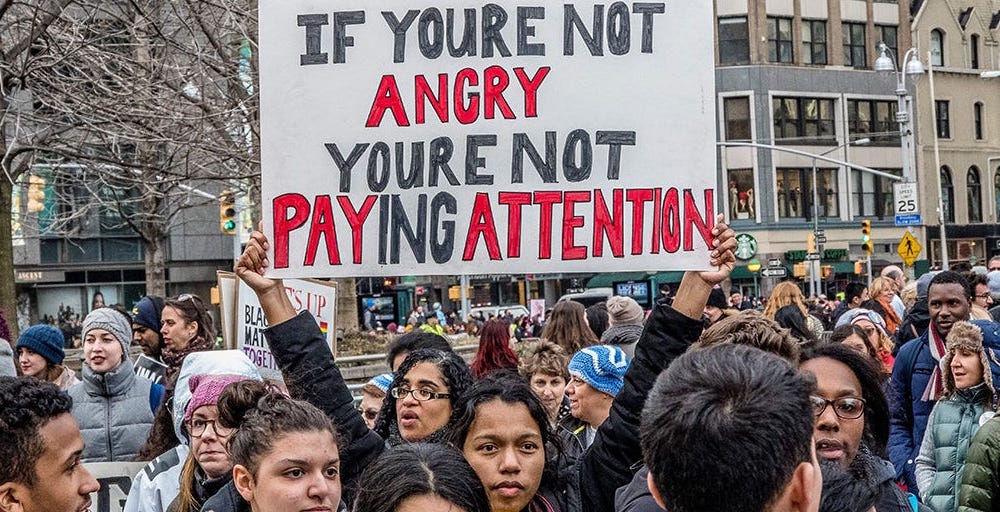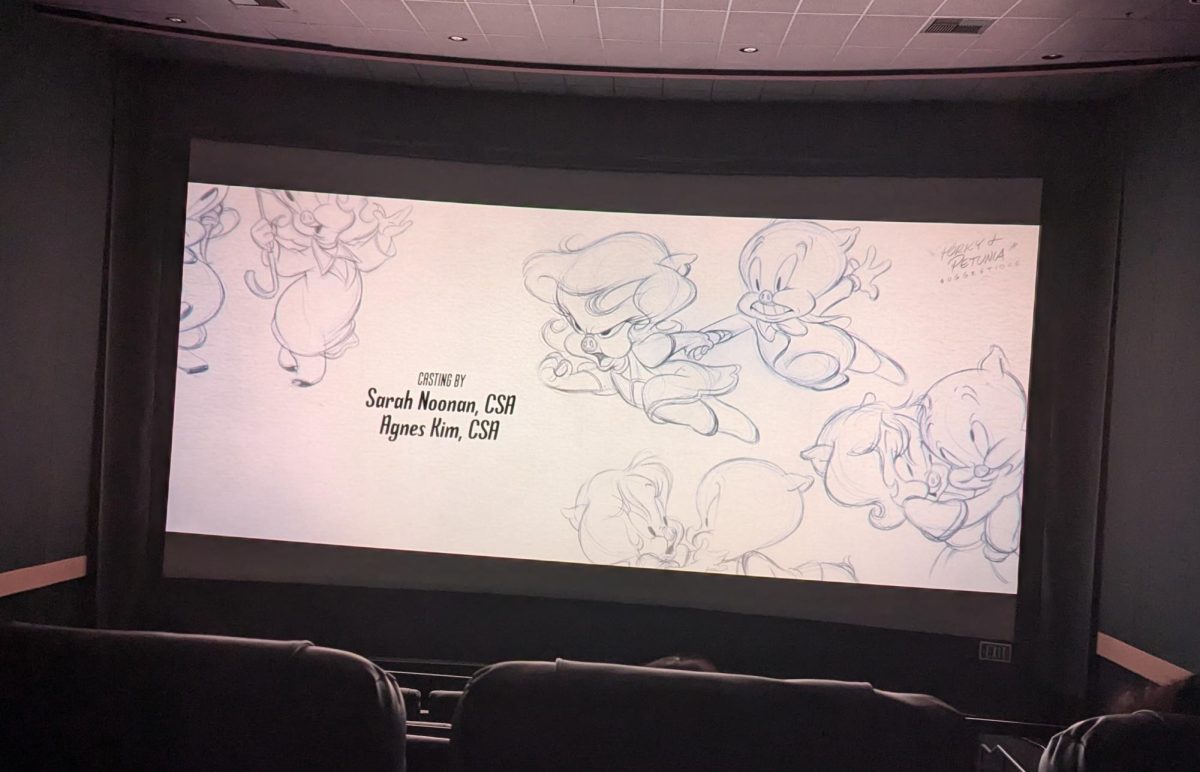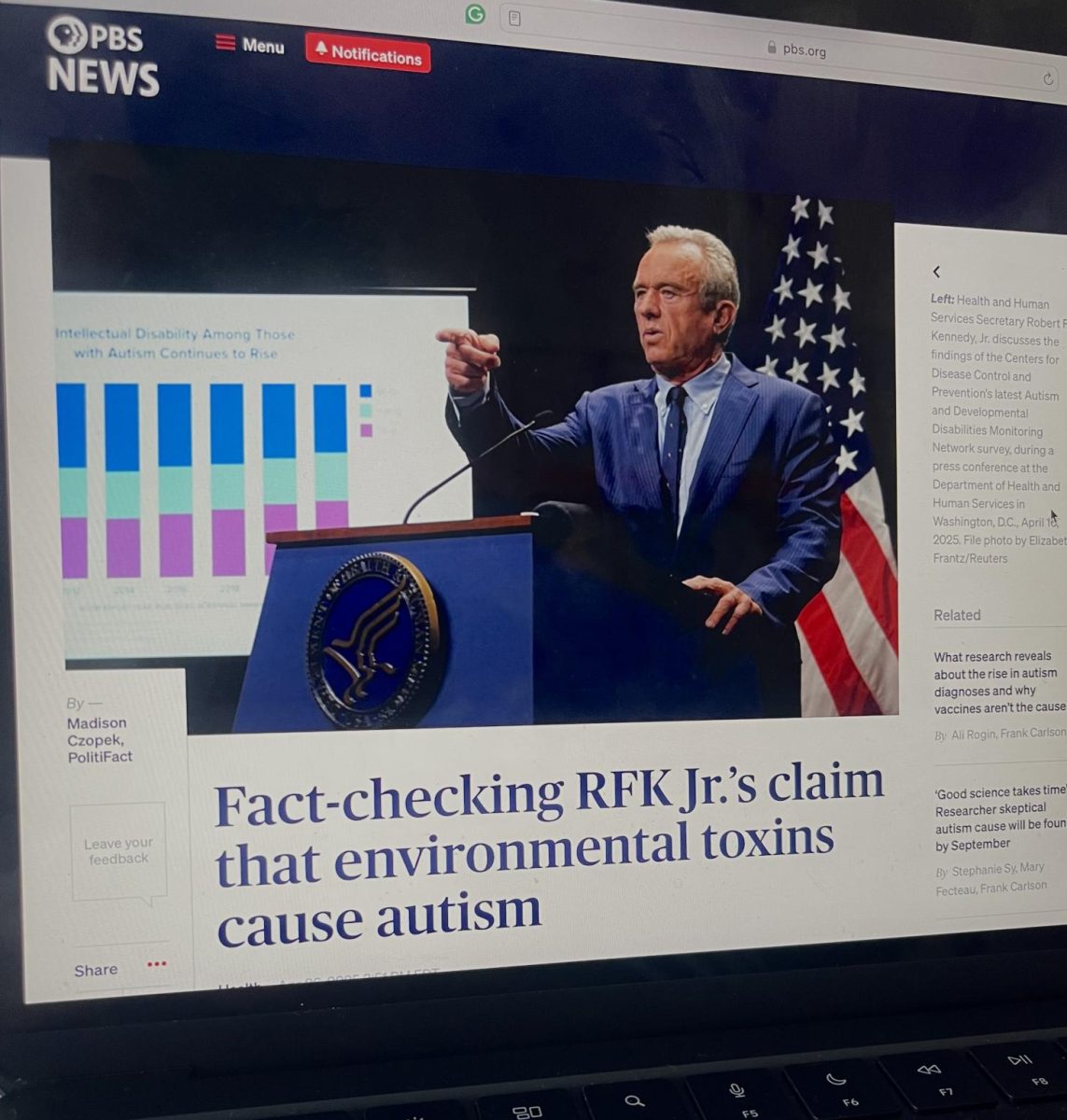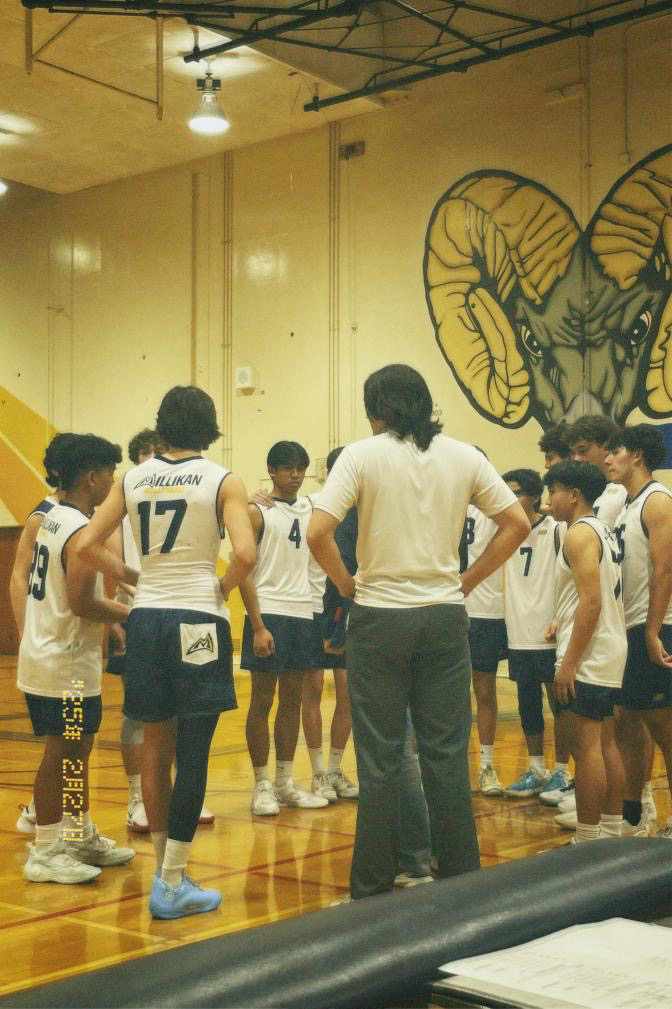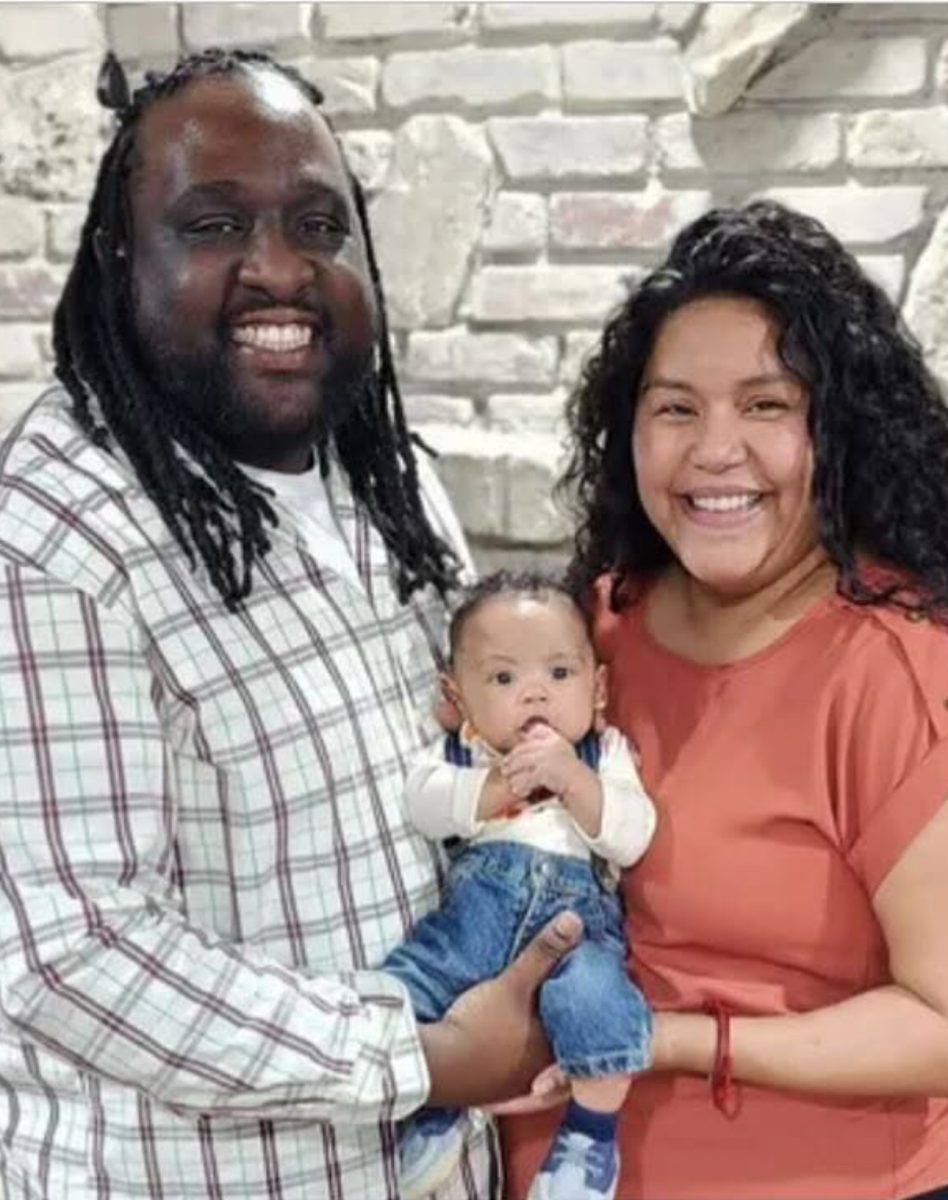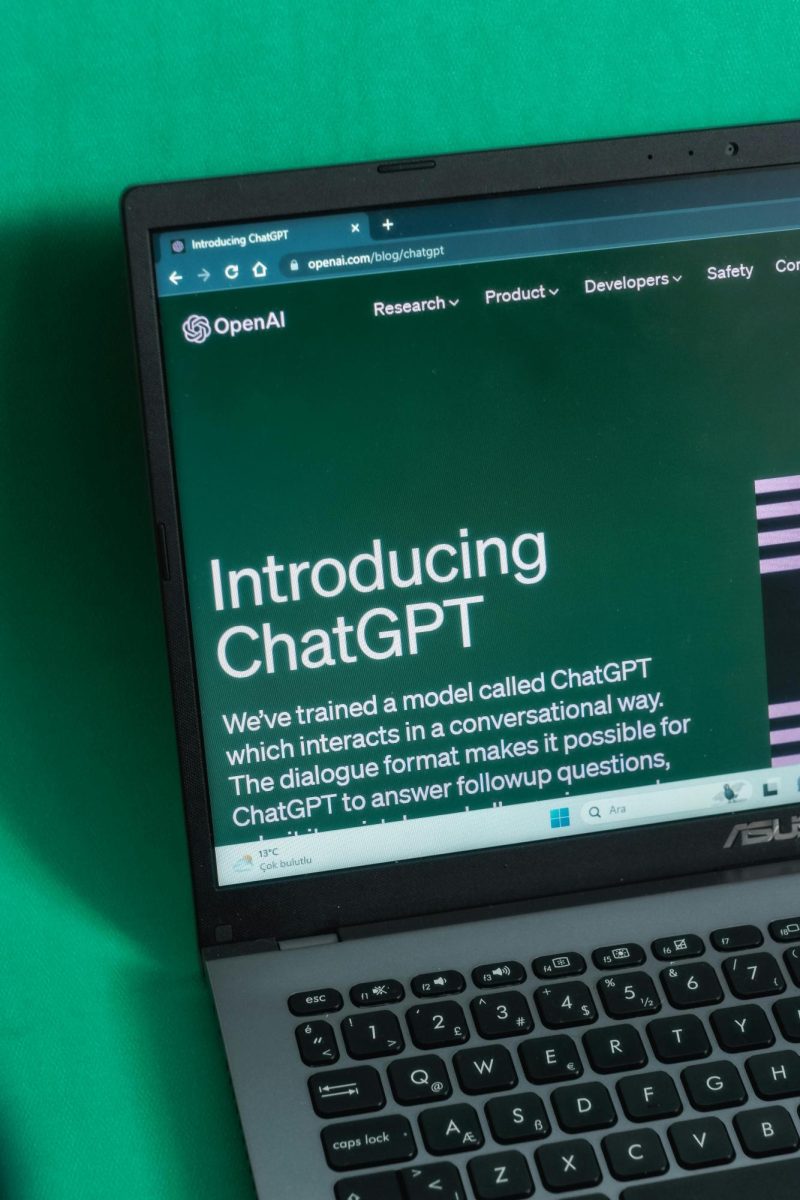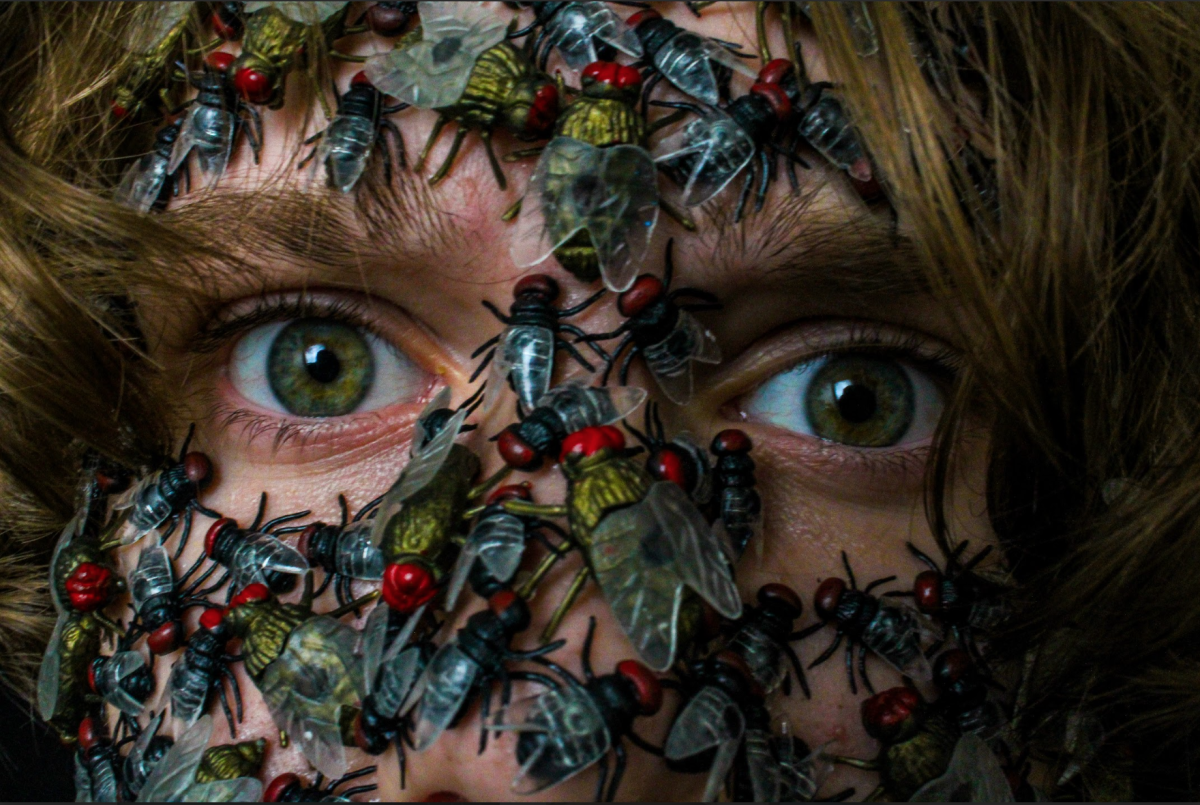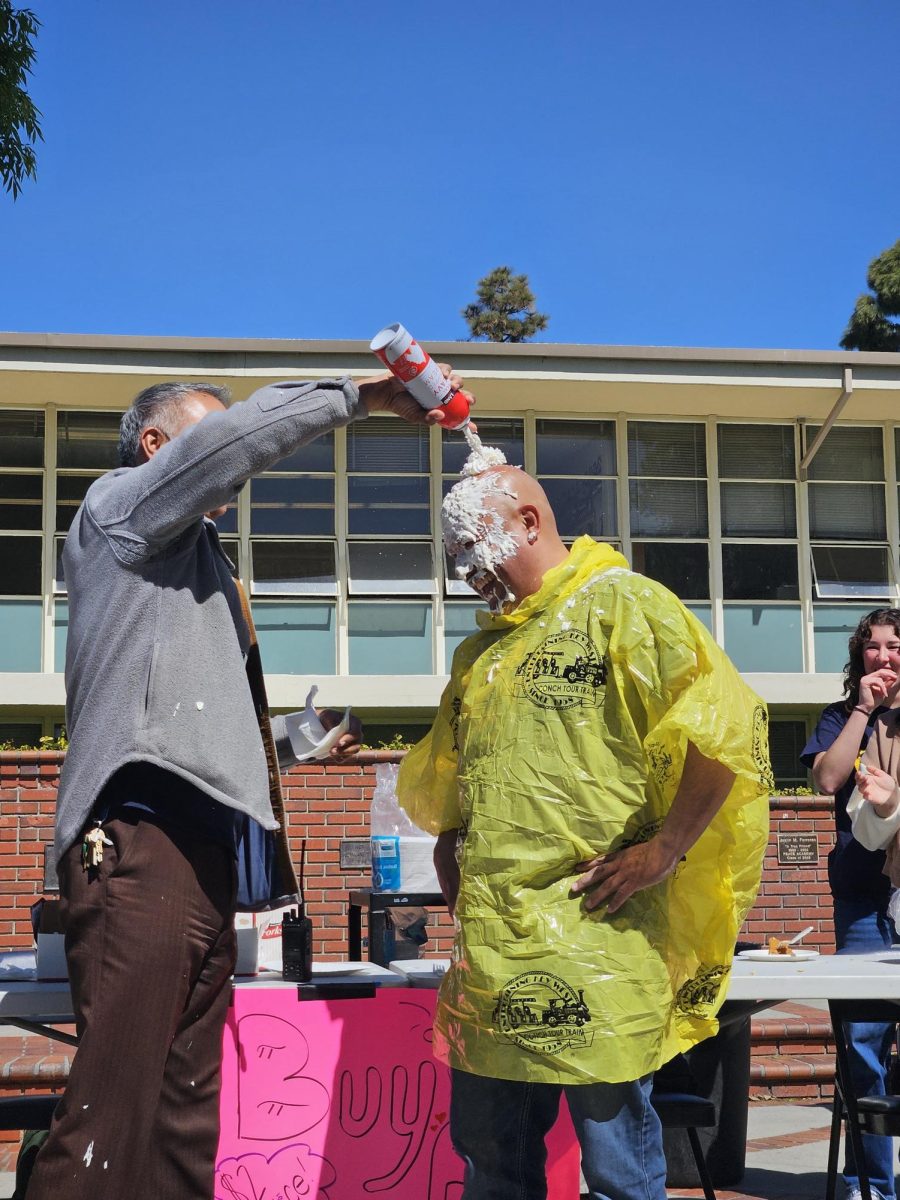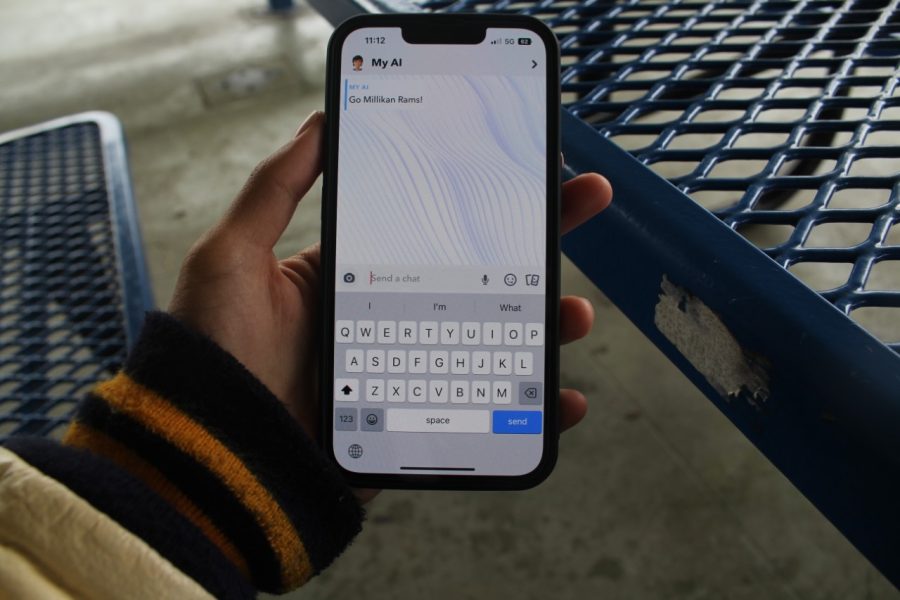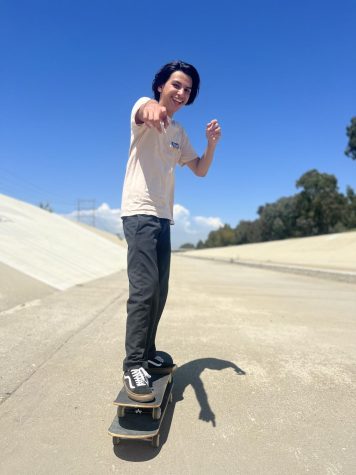AI: Friend or Foe?
Snapchat’s “My AI” chatbot saying “Go Millikan Rams!”
May 23, 2023
“Al can basically act like a person now… almost,” SEGA senior Ethan Flett said.
In the media, Artificial Intelligence (AI) is generally portrayed as a futuristic concept of a computer that can talk and act like humans but contains a database of vast knowledge greater than any human’s brain.
Billionaire Elon Musk and CEO of Tesla and SpaceX warns humanity that the scary part of AI is that “Robots will be able to do everything better than us [humans]” in a 2017 interview at The National Governors Association.
The fictional stories of robots driving our cars, doing our jobs, and fighting our wars are slowly becoming a reality and humanity begins to worry about the fate of the human race.
However, was it to be expected that AI would do our homework?
When it comes to education, AI is a double-edged sword of students being able to use an easy resource for their homework, but at the cost of their learning abilities.
What is becoming more prominent is the education system needs to find a way to engage students and adapt to new technology if they don’t want students to rely on AI programs rather than the teachers at school.
Over the past few months, a sudden popularity of AI chat-bots such as Chat-GPT and Snapchat’s “My AI” has grown drastically.
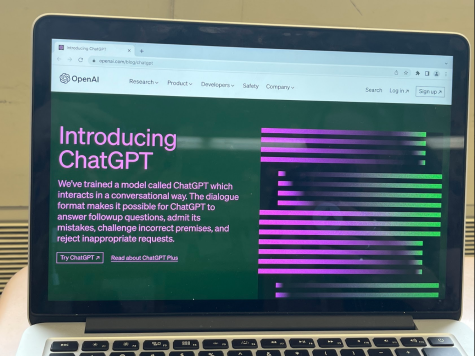
“I know that for essays and for longer assignments people tend to use Chat-GPT,” SEGA senior Kenzie Becerra said.
QUEST senior Erica Estrada said that everyone at school is using the AI on Snapchat to “obviously” cheat since the AI responds with quick and accurate answers for their homework such as solving math problems.
From writing essays to answering homework questions, there is not much the AI can’t do and students are taking advantage of the free online chat-bots. This can be concerning for teachers who try to enforce academic discipline and authentic work from students.
“It has become a new challenge for teachers when dealing with plagiarism,” tenth-grade COMPASS English teacher Carolyn Glose said. “It’s a battle between what is being provided for kids as an easy route versus what we are trying to accomplish in their academic career.”
Even students understand that AI is mainly an easy outlet and can affect their self-motivation and problem-solving abilities.
“In the short term, it can be beneficial because it can help with a few missing assignments,” said SEGA senior Elijah Gonzalez, “But in the long run it is not going to be helpful because you need to know that stuff for situations where you don’t have AI to use.”
To combat AI’s written work, teachers are attempting to use new online programs that will detect if AI was used, similar to plagiarism checkers.
“Turnitin just added a new component that will flag AI and will give us a percentage of how much of the essay is AI,” Glose said. “If I hadn’t had Turnitin to flag it for me I don’t think I would have been able to identify the AI.”
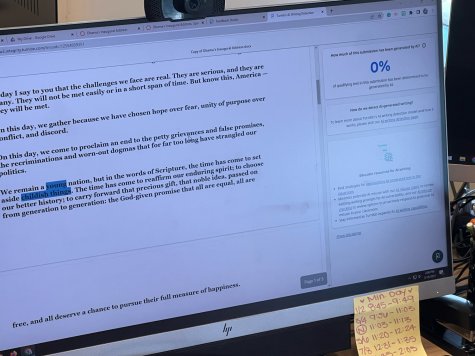
This may work for teachers now, but it won’t last for long because technology is always updating and becoming better at its job.
Some teachers are frustrated or worried about the new generation of students using Chat-GPT or other AI chatbots instead of their brains, but it is important to understand that advancements in technology will not stop. Instead, it will continue to change the education system whether schools want it to or not.
The MIT Review, states that a majority of surveyed teachers agree that Chat-GPT is another example that the educational system needs to change and modernize.
The more the school districts and teachers push against technology advancements, the more students will find loopholes and continue to “cheat.”
AI is exposing many holes in the education system at Millikan High School. One is that school is no longer about learning and developing students’ critical thinking skills. Instead, students are only trying to achieve one thing; getting the highest grades possible to go to college. It’s a race to graduation and those who have worked the “smartest, not hardest” are going to the top colleges.
“For the people that take rigorous classes, I know how much work they get assigned and how stressful it can be, so I don’t look down upon anyone that’s looking up answers or cheating because it’s just what they need to do in order to not go insane,” Gonzales said.
AI is not the problem. The issue is how the education system pressures students to prioritize achieving the best grades possible since middle school.
If school was about learning essential skills and being creative, then students could finally breathe and not just see their work as a grade but as essential skills needed to survive and thrive in the world.
But that is not the case and the overwhelming high school environment is a contributor to the increase of teen depression and other mental health disorders.
Therefore, with programs like Chat-GPT and “My AI” available at everyone’s fingertips, it’s understandable why students don’t feel compelled to take time to learn something in a classroom that can be solved online in seconds.
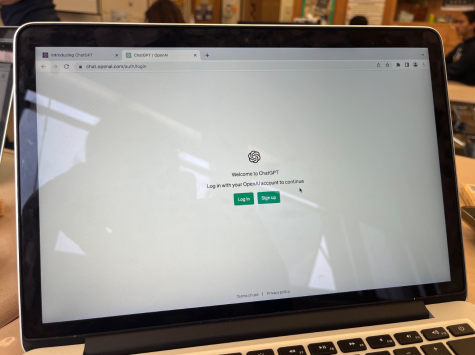
This new development in accessible AI is exciting, frightening, and free to anyone with an email address. What this will mean for the future of education is unknown, and teachers and students alike will have to adapt to how AI is being used in school. Hopefully, it will create positive change in an education system that has lost its focus on creating a space where students are driven to learn.
As Glose said, “With education, I think we’re going through a shift and we need to incorporate more technology because that’s where we are as a culture.”

